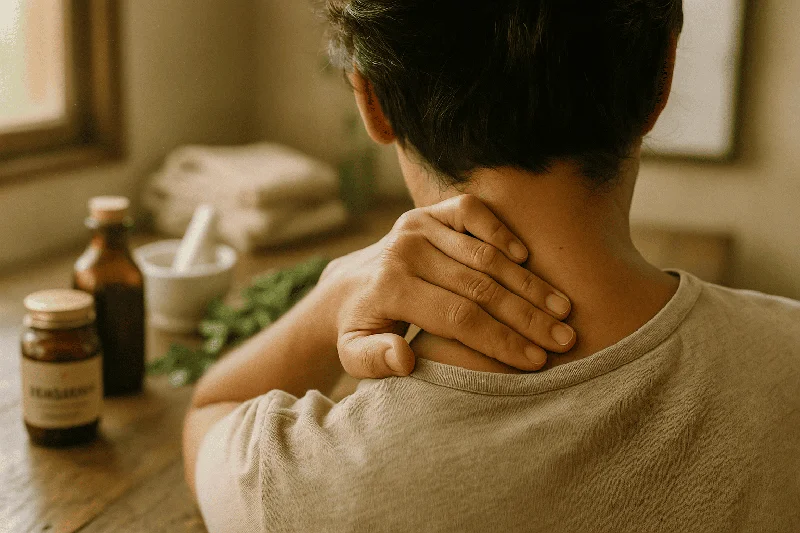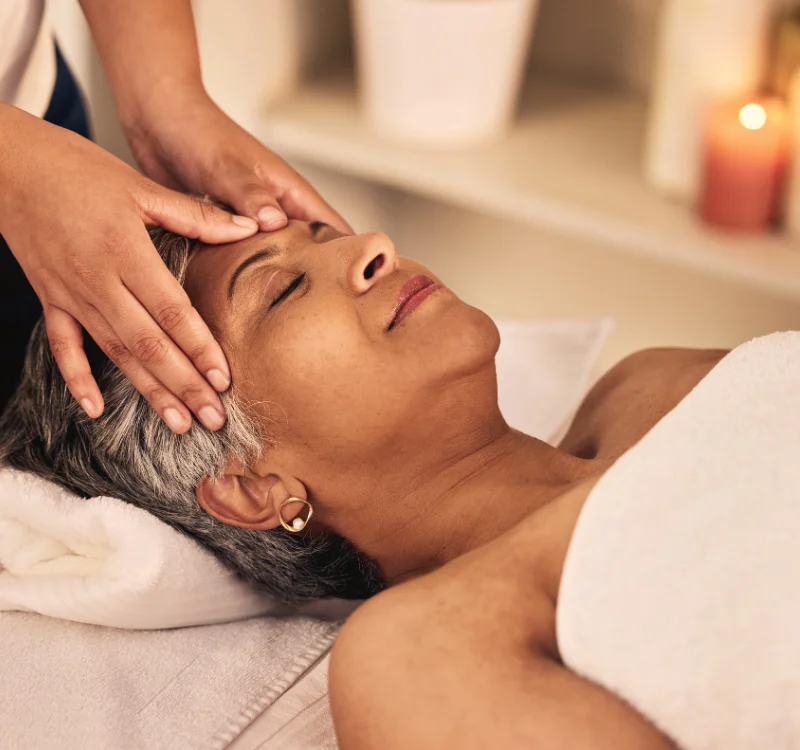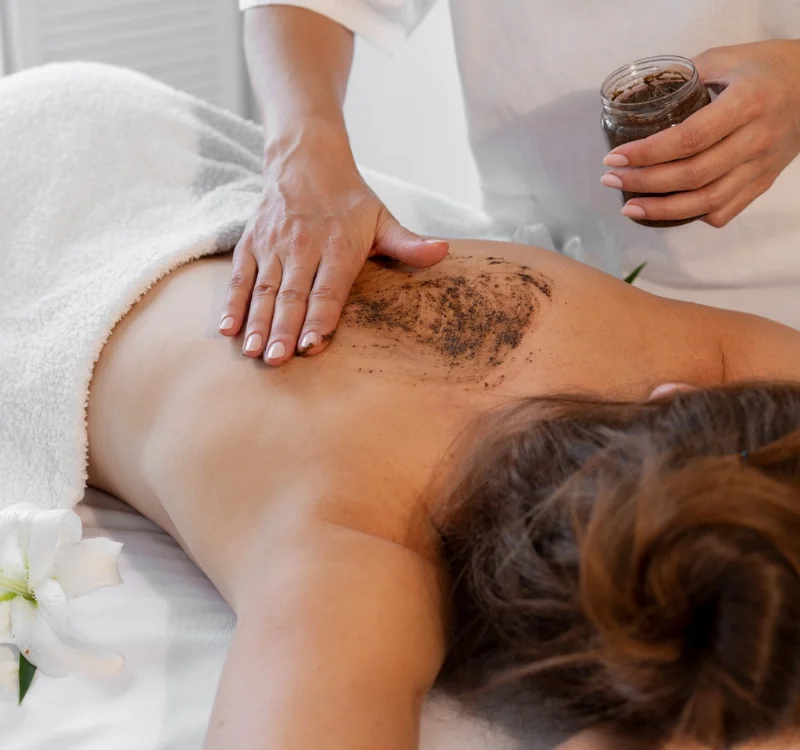Ask Ayurvedic doctor a question and get a consultation online on the problem of your concern in a free or paid mode. More than 2,000 experienced doctors work and wait for your questions on our site and help users to solve their health problems every day.
Shop Now in Our Store
Krikatika Marma: Understanding a Vital Energy Point in Ayurveda

Imagine unlocking a hidden reservoir of energy and balance within your body—an ancient secret preserved for thousands of years in the practice of Ayurveda. Among the 107 marma points detailed in classical Ayurvedic texts, Krikatika Marma stands out as a significant focal point. Revered for its potential to harmonize physical, mental, and energetic aspects, Krikatika Marma is a key concept in marma therapy, a specialized branch of Ayurveda that targets these vital energy centers to promote health and prevent disease.
Understanding Marma Points in Ayurveda
Marma points are specific anatomical sites where muscles, blood vessels, ligaments, bones, and nerves converge. In Ayurveda, these points are considered not only physical but also energetic intersections that influence the flow of prana (life force) throughout the body. By stimulating or protecting these areas, marma therapy aims to restore balance, alleviate pain, and promote overall well-being.
Key principles behind marma therapy include:
- Energy Flow: Marma points are gateways for prana, ensuring smooth energy circulation within the nadis (energy channels).
- Vital Functions: Each marma point is linked to specific physical and mental functions; their proper stimulation can enhance vitality and resilience.
- Healing and Regeneration: Marma therapy is used to support the body's natural healing processes by harmonizing the interplay of physical and subtle energies.
Krikatika Marma: Traditional Significance and Location
Krikatika Marma is one of the vital points recognized in Ayurvedic practice. While classical texts may present slight variations in the descriptions of its location, practitioners generally agree on its profound impact on both physical and emotional health.
Traditional Insights
- Energetic Convergence: Krikatika Marma is believed to be a powerful nexus of energy that influences the body's subtle systems. It is associated with the regulation of pranic flow and is often considered pivotal for maintaining overall balance.
- Holistic Influence: Traditionally, this marma point is thought to affect multiple layers of existence—physical, mental, and emotional. By harmonizing these dimensions, Krikatika Marma plays a crucial role in sustaining vitality and preventing imbalances that may lead to disease.
Anatomical Considerations
Although detailed anatomical descriptions can vary, many Ayurvedic texts describe Krikatika Marma as being located in a region where significant nerve clusters, blood vessels, and muscular tissues converge. Some practitioners note its proximity to areas such as the shoulder or upper chest region—places that are vital for the distribution of energy and overall body coordination. This central positioning reinforces its importance as a point of balance and rejuvenation.
Therapeutic Applications of Krikatika Marma
Marma therapy involving Krikatika Marma is used to address various health concerns and enhance overall well-being. By gently stimulating this energy point, Ayurvedic practitioners aim to:
- Enhance Energy Flow: Activation of Krikatika Marma can help unblock energy pathways, leading to improved circulation of prana and a revitalized sense of energy.
- Relieve Physical Tension: Stimulating this marma point may reduce muscle tension and discomfort, particularly in regions associated with stress and strain.
- Support Emotional Balance: Many users report a sense of calm and reduced emotional turbulence after targeted marma therapy, as the treatment harmonizes the interplay between physical sensations and emotional states.
- Aid in Pain Management: Marma therapy is increasingly being explored as a complementary approach for managing chronic pain, with Krikatika Marma playing a role in modulating the body's natural pain responses.
- Improve Overall Vitality: Regular stimulation of vital points like Krikatika Marma is believed to strengthen the body’s innate ability to heal and maintain a robust state of health.
Marma Therapy: Techniques and Practices
Marma therapy is a specialized skill that requires thorough training and understanding of both the anatomical and energetic dimensions of the body. Techniques used in marma therapy involving Krikatika Marma include:
- Gentle Massage: Using light, precise pressure to stimulate the marma point, practitioners work to enhance energy circulation without causing discomfort.
- Acupressure and Reflexology: Some modern adaptations of marma therapy incorporate acupressure techniques, which have shown promise in reducing pain and promoting relaxation.
- Application of Herbal Oils: Medicated oils, infused with herbs known for their anti-inflammatory and rejuvenative properties, are often applied during marma therapy to amplify its effects.
- Integration with Yoga and Meditation: Many Ayurvedic practitioners incorporate marma stimulation into yoga routines and meditation practices, thereby deepening the overall experience of balance and vitality.
Modern Scientific Perspectives on Marma Therapy
Although marma therapy has its roots in ancient practice, modern science is beginning to explore its benefits and underlying mechanisms. Some key insights include:
- Neurophysiological Impact: Emerging research suggests that stimulating marma points may influence the autonomic nervous system, potentially reducing stress and promoting relaxation.
- Pain Modulation: Studies have indicated that techniques similar to marma therapy, such as acupressure, can activate endogenous pain-relief mechanisms, offering a non-pharmacological approach to managing chronic pain.
- Enhanced Circulation: By stimulating specific energy points, marma therapy may improve blood flow and support the delivery of oxygen and nutrients to tissues, aiding in the body's natural repair processes.
- Holistic Well-Being: Integrative studies in complementary and alternative medicine have found that holistic treatments incorporating marma therapy can improve quality of life and emotional resilience, though further research is needed to establish standardized protocols.
Practical Guidelines for Krikatika Marma Therapy
If you are interested in exploring marma therapy with a focus on Krikatika Marma, consider the following guidelines:
Consultation and Professional Guidance
- Seek a Qualified Practitioner: Marma therapy should be performed by an experienced Ayurvedic therapist who has undergone specialized training in identifying and stimulating marma points.
- Personalized Assessment: A thorough evaluation of your dosha balance, physical health, and emotional state is essential to determine the appropriate treatment plan.
At-Home Practices
- Gentle Self-Massage: With proper instruction, some individuals may learn gentle techniques to stimulate marma points at home. However, it is critical to follow guidance from a qualified practitioner to avoid any inadvertent harm.
- Complementary Practices: Incorporate practices such as yoga, meditation, and pranayama (breathing exercises) to support the effects of marma therapy and promote overall balance.
Safety and Precautions
- Avoid Excessive Pressure: Marma points are sensitive areas. Excessive pressure can lead to discomfort or adverse effects, so always practice with care.
- Monitor Your Response: Pay attention to how your body responds to marma therapy. If you experience any unusual discomfort or adverse reactions, discontinue the practice and consult your healthcare provider.
- Integration with Conventional Medicine: Marma therapy can complement conventional treatments. However, it should not replace medical care when dealing with serious health issues.
Integrating Marma Therapy into a Modern Lifestyle
Embracing the practice of marma therapy can be a valuable addition to a modern holistic health regimen. Here are some tips for integration:
- Balanced Diet and Hydration: Support your body's natural healing processes with a nutritious diet rich in whole foods, fruits, and vegetables. Stay well-hydrated to maintain optimal bodily functions.
- Regular Physical Activity: Engage in regular exercise such as yoga, walking, or other gentle activities that promote circulation and overall wellness.
- Mindfulness and Stress Reduction: Incorporate meditation, deep breathing, or other mindfulness practices into your daily routine to reduce stress, which is a key factor in maintaining energy balance.
- Sleep and Rest: Ensure that you get adequate sleep each night to allow your body to repair and rejuvenate.
- Consistency in Practice: Like any holistic therapy, the benefits of marma stimulation build over time. Regular, gentle practice—under professional supervision—can lead to lasting improvements in well-being.
Frequently Asked Questions (FAQ)
Q: What is Krikatika Marma?
A: Krikatika Marma is one of the vital energy points in the body as described in Ayurvedic texts. It is considered a significant nexus where physical, mental, and energetic aspects converge, playing a crucial role in maintaining overall balance and vitality.
Q: Where is Krikatika Marma located?
A: While classical texts provide varying descriptions, Krikatika Marma is generally believed to be located in an area where key nerves, blood vessels, and muscle tissues intersect—often described in the region of the upper chest or shoulder. Precise localization is best determined by a qualified Ayurvedic practitioner.
Q: What are the benefits of stimulating Krikatika Marma?
A: Stimulating Krikatika Marma can help enhance energy flow, alleviate physical tension, reduce stress, and support overall emotional balance. It is used in marma therapy to promote natural healing and prevent imbalances that may lead to disease.
Q: Is marma therapy safe?
A: When performed by a trained and experienced practitioner, marma therapy is generally considered safe. However, due to the sensitivity of marma points, it is important to practice under professional guidance to avoid excessive pressure or improper techniques.
Q: Can I practice marma therapy at home?
A: Some gentle self-massage techniques may be taught by qualified practitioners for home practice. Nonetheless, it is crucial to receive proper instruction and proceed with caution. Individuals with underlying health conditions should consult their healthcare provider before attempting any marma therapy on their own.
Conclusion
Krikatika Marma represents one of the many gateways through which Ayurveda harnesses the body's innate healing power. By understanding and stimulating this vital energy point, marma therapy offers a holistic approach to balancing physical, emotional, and energetic health. Whether you are looking to relieve tension, boost vitality, or achieve a deeper sense of well-being, integrating Krikatika Marma stimulation into your wellness routine may provide valuable benefits.
If you are intrigued by the promise of marma therapy, we encourage you to consult a qualified Ayurvedic practitioner to explore personalized treatments that address your unique needs. Share this article with friends and family interested in holistic health, subscribe to our newsletter for more insights on Ayurvedic practices, and leave your comments or questions below. Embrace the ancient wisdom of Ayurveda, and take an active step toward a more balanced, energized life.
Disclaimer: The information provided in this article is for educational purposes only and should not be considered as medical advice. Always consult a qualified healthcare provider or Ayurvedic practitioner before starting any new health treatment.
This article is checked by the current qualified Dr. Harsha Joy and can be considered a reliable source of information for users of the site.



